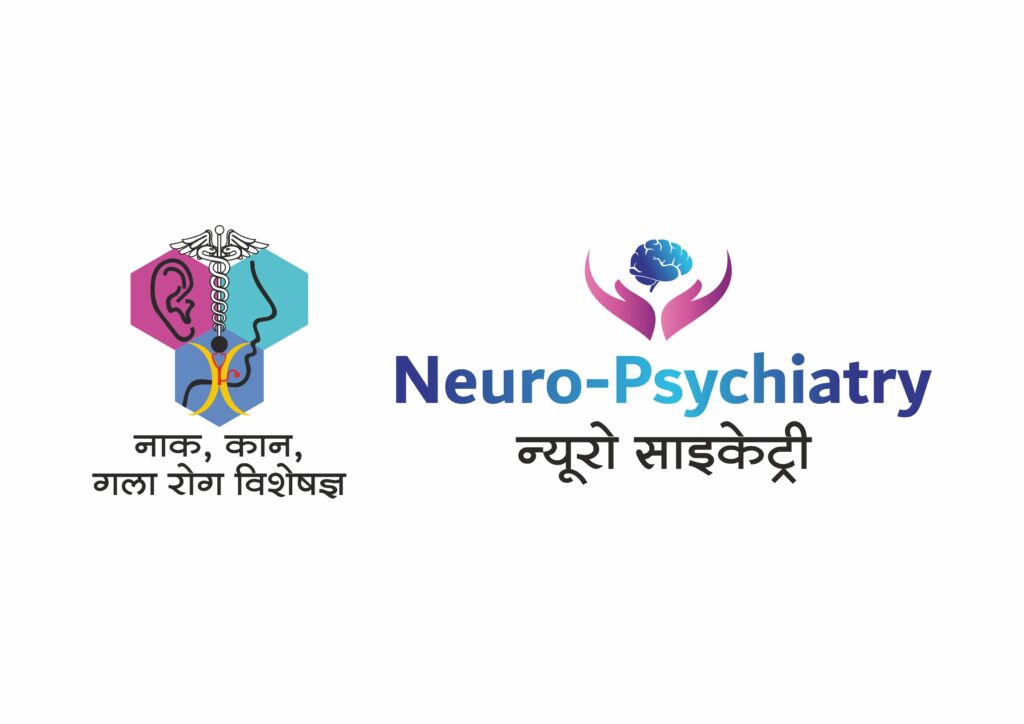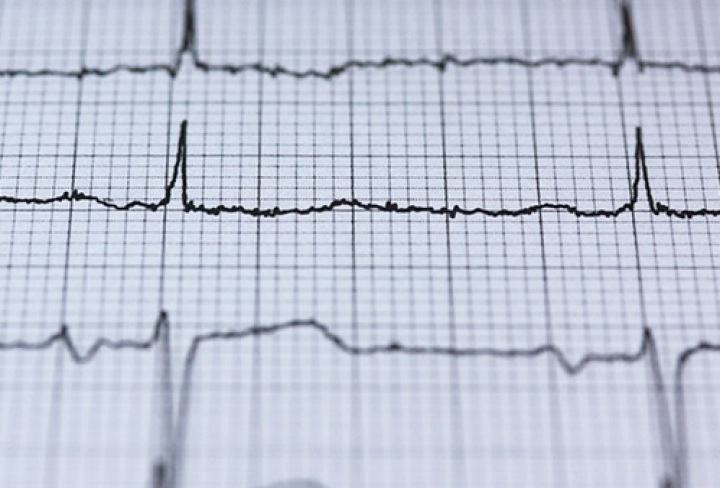Are you curious about your heart’s rhythm? Understanding an ECG is a great way to start. An ECG shows how your heart beats and helps check for any issues. It’s like reading a book about your heart’s health!
Introduction to ECGs
Let’s talk about ECGs, a handy tool for checking on your heart. Doctors often use an ECG to see how your heart is doing. It’s quick and tells a lot about how your heart works. Think of it as a heart health snapshot. Electrocardiograms, or ECGs, let doctors find problems early. They’re super important for staying healthy. If you’ve been told you need one, it’s good to know they help keep tabs on your heart’s health.

What Exactly is an ECG?
So, what is an ECG? It stands for electrocardiogram, and it focuses on your heart’s electrical activity. When your heart beats, it sends out tiny electrical signals. By using patches on your skin, an ECG machine can pick up these signals. It translates them into a graph. This graph helps doctors understand how well your heart pumps. It’s amazing because the ECG shows if your heartbeats are regular or if something’s off. It’s a simple way to get a peek inside how your heart is doing day-to-day.
Decoding the Basic Elements of an ECG
An ECG may look complicated, but it’s not too hard to understand. The first part you’ll see is the P wave. It shows the start of a heartbeat. Next comes the QRS complex, telling about the heartbeat’s strength. Finally, the T wave shows when the heart is getting ready for the next beat. You’ll also notice intervals like PR and QT. These help measure how fast or slow a heartbeat is. Getting to know these parts helps people understand how the heart functions across beats.
Reading the ECG Paper
Ever looked at an ECG printout and felt lost? It’s just a grid used to measure your heartbeat. The grid has small boxes representing time and voltage. The time tells how fast your heart beats. The voltage shows how strong each beat is. When you can read these lines, you can tell if something seems unusual. People who understand the paper can get a good idea of what might be going on.
Normal ECG Readings and Their Importance
Wondering what a normal electrocardiogram looks like? A healthy heart should have a regular rhythm and rate. On an ECG, this means the wave patterns are predictable. Key intervals should line up with the normal range. Regular heart checks using ECGs are smart. They act as a watchful friend, helping spot potential problems early. When the heart doesn’t show any odd patterns, it’s a big thumbs up.
Identifying Common Abnormal ECG Readings
Seeing unexpected things on an ECG? In some cases, it might show arrhythmias. These are abnormal rhythms in your heartbeats. Tachycardia means the heart is beating too fast, and bradycardia is too slow. If there’s a change in the ST segment, it can point to issues like a heart attack. Changes here tell doctors about possible risks to your heart. Checking ECGs helps detect when something might go sideways.
Signs to Seek Medical Advice
Ever felt your heart skip a beat? Or felt dizzy with chest pains? These might be signs you need an ECG. It’s best to talk to a doctor about these symptoms. They can help decide if an ECG is needed. Also, always trust healthcare professionals to read and explain your ECG results. They have the expertise to see what’s really happening inside.
Home Monitoring: ECG Devices for Daily Use
Today, you can track your heart at home. Wearable ECG monitors and smartphone apps make it easy. They let you see your heart’s activity anytime. But while these gadgets are handy, they’re not perfect. They can’t replace a doctor’s advice. Think of them as a daily check-in rather than a full assessment. It’s nice knowing there are tools that let you keep an eye on what’s happening.
Steps to Prepare for an ECG Test
Getting ready for an ECG? Don’t worry, it’s simple and painless. The test is done in a doctor’s office and lasts about 10 minutes. To prepare, avoid oil-based skincare products on the chest. These can mess with the electrode connection. It’s best to wear loose-fitting clothes. This makes it faster for you and the technician. Don’t fret if you feel a little nervous. It helps to know what to expect.
Consulting with Your Doctor Post-ECG
After your ECG, it’s key to discuss the results with your doctor. They know exactly what the printout says about your heart. Ask questions to understand your heart’s health better. You might want to know if your heart’s rhythm and rate are okay. Get clear about any concerns. Being proactive and informed helps you make sound health decisions.
Influence of Lifestyle on ECG Readings
Your lifestyle has a big impact on ECG readings. Exercise keeps your heart strong, and a good diet supports good heart function. Avoid smoking and limit alcohol intake. Exercise and healthy foods affect heart rates and rhythms. If you live a healthy lifestyle, your heart will thank you. With regular ECG tests, you can stay on top of your heart’s health. Make smart choices today for better tomorrows.
Conclusion
Understanding your heart through ECGs is not hard. It’s like learning a new language of your body. We’ve covered the basics, from reading the paper to identifying risky patterns. Knowing what influences your heart helps you manage it better. Stay active and follow a healthy lifestyle; your heart works hard for you. Regular ECGs mean catching hiccups early. Be part of your health journey, informed and ready to act.



